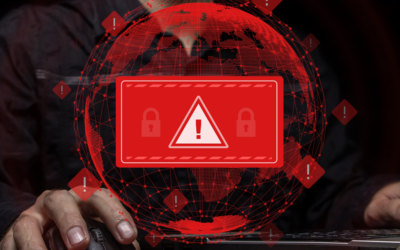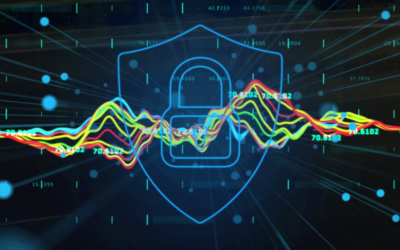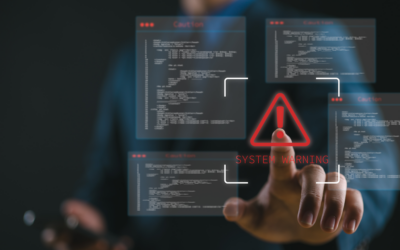LogRhythm, the company helping security teams stop breaches by turning disconnected data and signals into trustworthy insights, announced the release of its report, “2024 State of the Security Team: Navigating Constant Change” based on research conducted by Dimensional Research.
The report dives deep into the evolving digital landscape, unveiling 95% of companies reported they’ve altered their cybersecurity strategies within the last twelve months. As businesses worldwide grapple with ever-changing cyberthreats and regulatory mandates, this report stands as a testament to the resilience of security teams, providing insights into the challenging terrain of modern cybersecurity.
Key Takeaways
At the heart of these strategic shifts is the pivotal role of leadership within organizations. The perception of cybersecurity has changed from a purely technical issue to a central pillar of business strategy and corporate governance, with 78% stating that the cybersecurity leader or CEO—or both—are responsible for protecting against and responding to cyber incidents.
The top factors driving changes to security strategy include:
- Keeping pace with the shifting regulatory landscape (98%)
- The need to meet customer expectations for data protection and privacy (89%)
- The rise of AI-driven threats and solutions (65%)
Read More: Organizations Boost Cyber Budgets Amid Rising Data Breaches
However, amid the shifting tides, effective communication between security teams and non-security executives remains a significant gap. Almost half (44%) of non-security executives don’t understand the regulatory requirements that the company must adhere to.
Additionally, 59% report difficulties explaining the necessity of specific security solutions to non-security stakeholders, indicating a pressing need for enhanced reporting mechanisms to navigate the complexities of decision-making in the modern security landscape.
Amid the security evolution, 76% say they have experienced increases to their budget to better manage emerging threats and nearly 8 in 10 say they now have the right resources to defend their company from cyberattacks.
Continuing positive news, 79% of security professionals now rate their security defense as either good or excellent.It remains to be seen whether this is overconfidence, especially since security teams aren’t reporting on key operational metrics that define whether their security investments and strategy changes have a measurable impact.
The research found that less than half of security teams are reporting on time to respond (49%), time to detect (48%), and time to recover (45%). Even more concerning, the majority (61%) of security teams are still using manual and time-intensive approaches to share security status information.
Read More: Silent Residency: An Increasing Threat to Industrial Cybersecurity
Security teams need to be armed with enhanced case management metrics and advanced analytics to make informed decisions quickly.
On Record
In a recent quote, Andrew Hollister, Chief Information Security Officer at LogRhythm, said, “The evolving role of cybersecurity leadership reflects a fundamental shift in how organizations view and manage cyber risk. Today’s threat environment demands a collaborative approach, with senior executives working hand-in-hand with security professionals to understand the risks, make well-informed, strategic decisions, and allocate the necessary resources to safeguard the organization and its clients.”
Survey Methodology
Executives and security professionals at medium to enterprise companies representing all seniority levels were invited to participate in a survey on their company’s security practices. The survey was administered electronically, and participants were offered a token compensation for their participation. 1,176 qualified participants completed the survey. All participants had enterprise security responsibilities. Participants were from over 20 countries across five continents.




